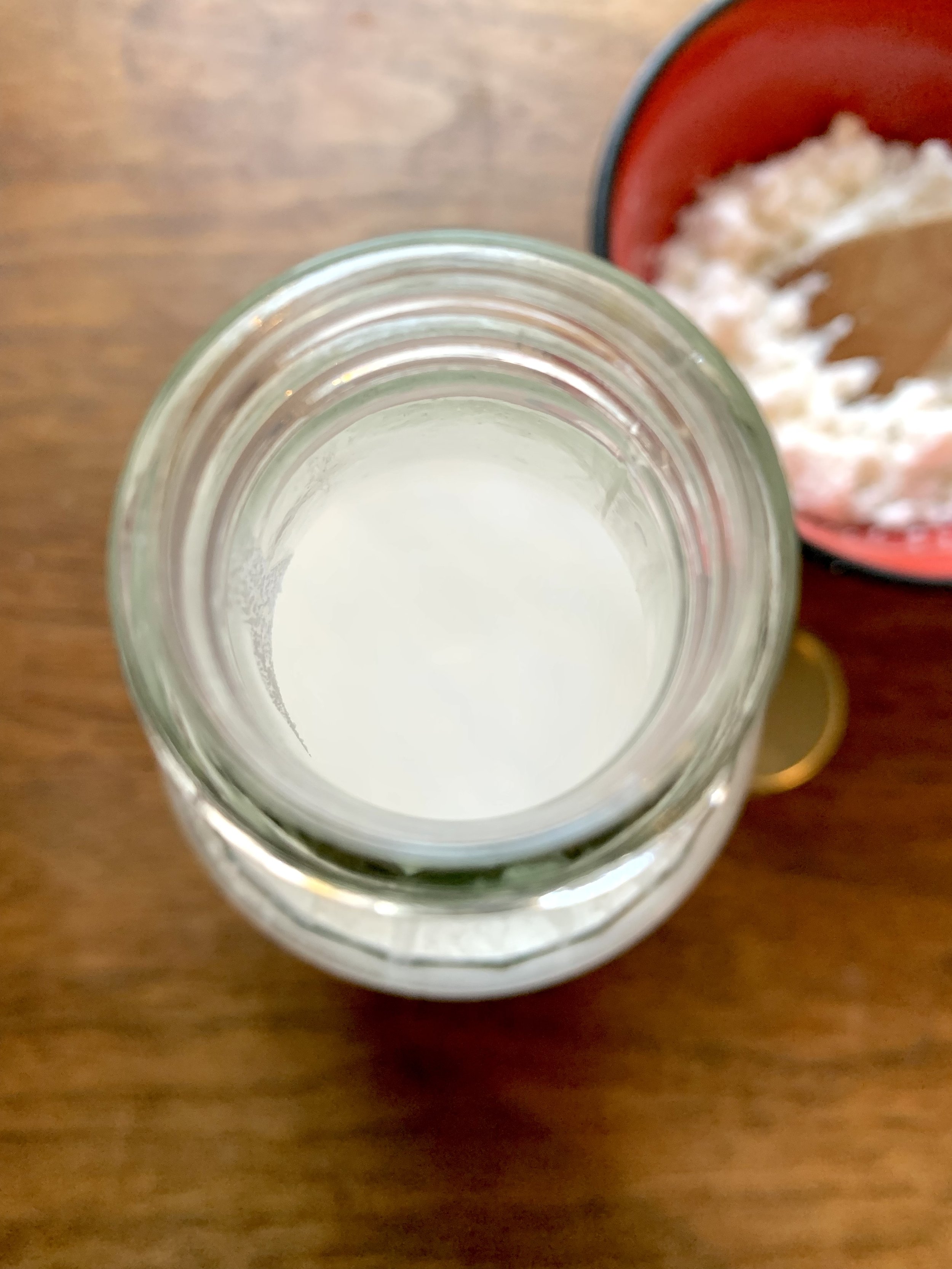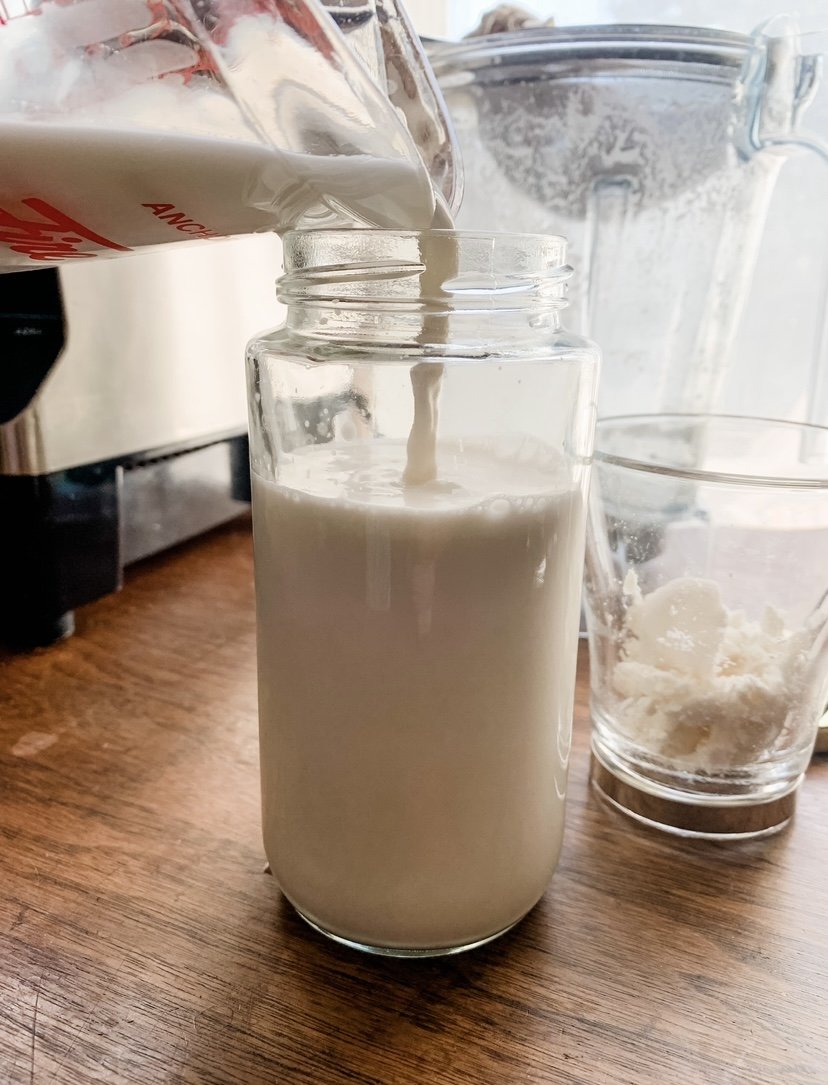How To Make Almond Milk
Hi I’m Evangeline! Welcome to my blog. I am mom and lover of all things health and wellness. By profession- a Registered Massage Therapist and Yoga & Ayurveda consultant. I started this blog back in the early days of Covid19 as a way to stay in touch with my clients, and it’s grown into a space to share what I love most. Here you’ll find health tips and nourishing recipes I make for my family, sprinkled with Ayurveda and Yoga wisdom. My hope is that these posts inspire you to care for yourself in small, joyful ways and feel a little more balanced in everyday life.
Home-made almond milk couldn’t be easier, plus no additives or chemicals, just two ingredients, almonds and water, ready in 10 minutes!
Raw almonds are soaked in spring water for at least 8 hours or overnight in the fridge, and the following day you rinse, transfer to a blender with water and blend for a minute and strain. That’s it!
Soaking the almonds will make them plump caused by the process of hydrolysis, so easier on your digestive system you could say. Peeling the skin would be another step taken for easier digestibility than leaving the skin on. Some more water can be added to the recipe if you like your almond milk less rich.
You could also sweeten your almond milk blending it with 1-2 pitted medjool dates, or a sweetener of your choice.
Almond milk is recommended for my clients if they are not able to digest cow milk. Goat milk is another alternative to cow milk for people who are sensitive to cow milk as it is lighter with less lactose.
Fresh almond milk
Nutrient & Ayurveda Profile of Almonds
rich in protein, fibre, antioxidants and Vitamin E
high in calcium which is why it is a great alternative to milk
rich in vitamins and minerals such as magnesium, potassium, phosphorous and Vitamin B9 (folate)
½ cup of almonds has about ½ the daily requirement for protein
In Ayurveda, almonds is known to be one of the lightest and easiest nuts to digest. Cashews are heavier.
In Ayurveda, almonds have a sweet taste, but because of its light quality the post-digestive effect is not as aggravating for kapha dosha. In general, nuts are are heavy (kapha aggravating) and should only be eaten in small quantities at a time.
Almond Milk
Yield: 1 ⅔ cup almond milk + ⅓ cup almond pulp/meal
Prep Time: 10 minutes
Blending Time: 1 minute
IngredientS
½ cup raw almonds soaked overnight in the fridge
1 ½ cups spring water - add up ¼ - ½ cup more if you like it less creamy
Instructions
Rinse almonds well after soaking. If you wish remove the skin gently pop off the peel with your thumb & index finger, but aim towards a bowl.
Transfer almonds and water to a blender.
Blend on high speed for a minute.
Strain using a nut milk bag, or a small strainer covered with a piece of cheese cloth. A 12”x12” square piece of a plain t-shirt stretched out a bit works great too.
Stays fresh for 2 days refrigerated.
Enjoy!
What to do with the pulp, also known as almond meal.
Use the day of, in your baking, or in creamy dressings and dips.
OR
Dehydrate and store in an air tight container. Spread on a cookie sheet in an oven set at 100°F until dry, about an hour. Try it in these yummy holiday cookies.
Fresh almond milk
References
Hydrolysis - https://www.sciencedirect.com/topics/physics-and-astronomy/hydrolysis
Vaidya R. K. Mishra- Notes from Shaka Vansiya Ayurveda Courses, Practicum, Conferences and Lectures 2003-2015


